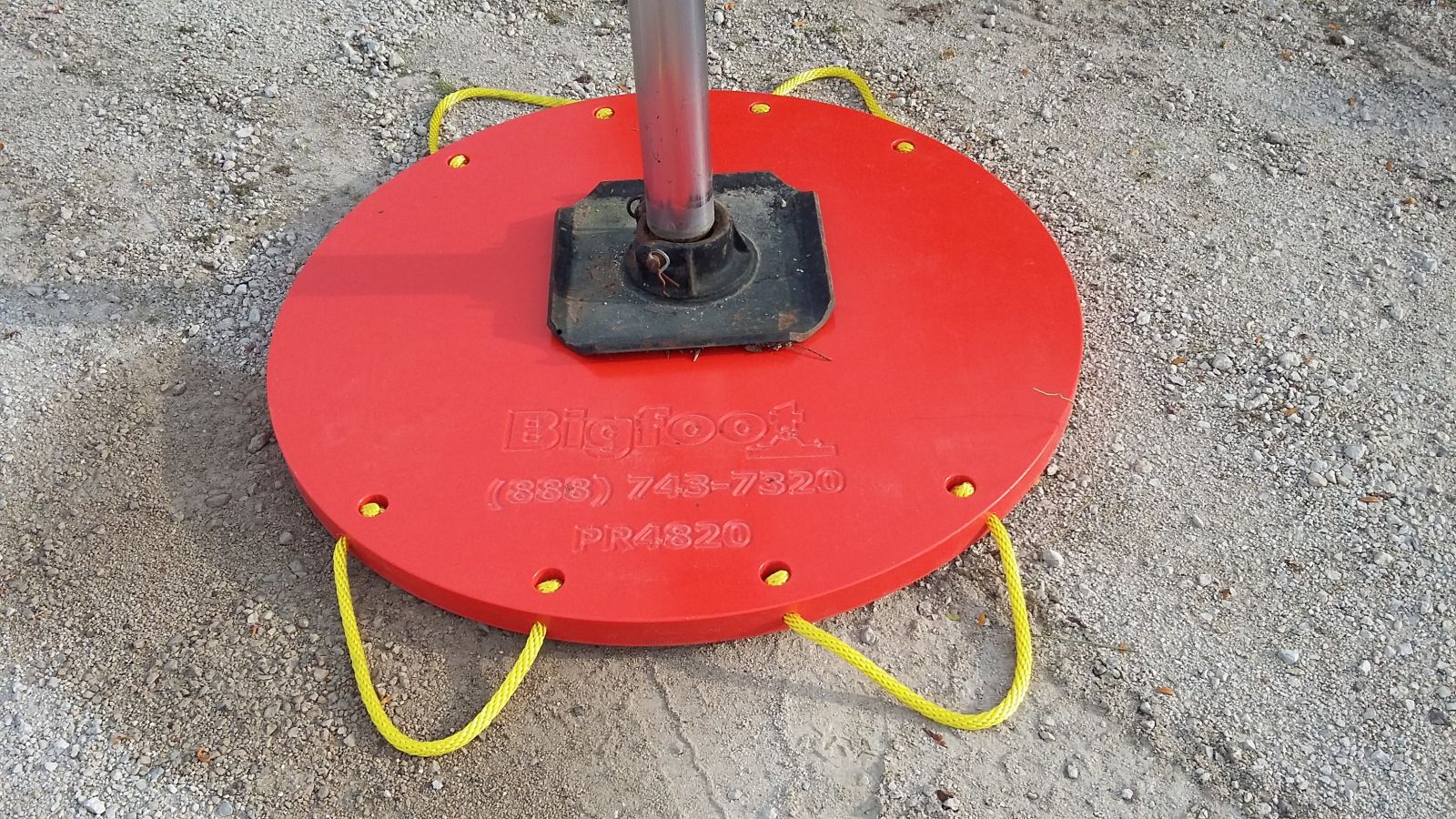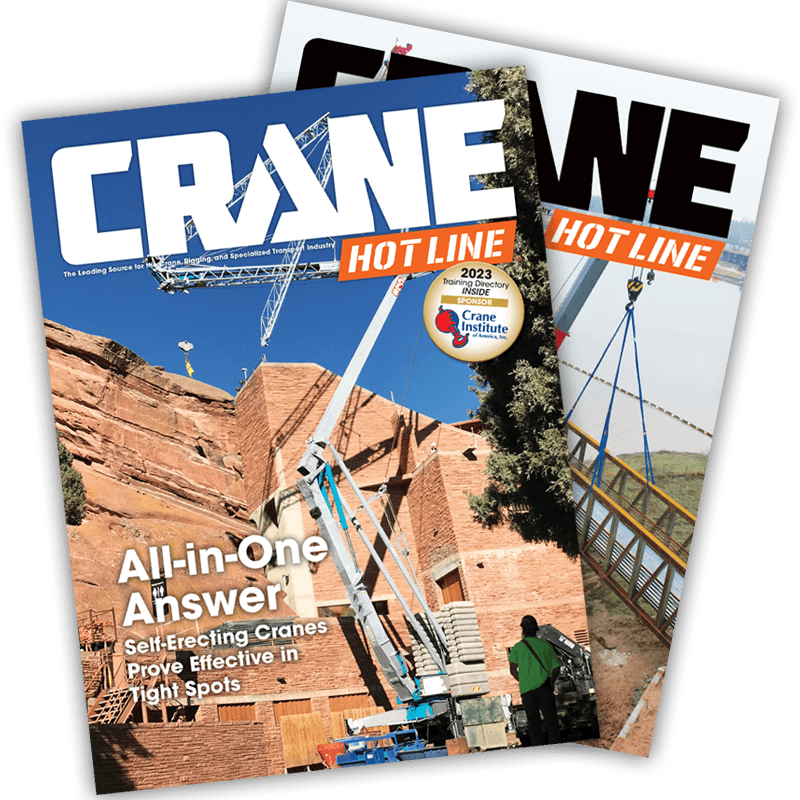Choosing and Properly Using Quality Outrigger Pads Increases Safety and Productivity
 After having operated a concrete pump truck for years and worked with outrigger pads every day, Bill Steiner, president of Bigfoot Construction Equipment, understands outrigger pads from the ground up. It was hearing other operators and pump-truck owners complain about outrigger pads that convinced Steiner he could deliver pads that were better quality and competitively priced.
After having operated a concrete pump truck for years and worked with outrigger pads every day, Bill Steiner, president of Bigfoot Construction Equipment, understands outrigger pads from the ground up. It was hearing other operators and pump-truck owners complain about outrigger pads that convinced Steiner he could deliver pads that were better quality and competitively priced.
Within a year of starting up Bigfoot in 1995, Steiner expanded into making plastic outrigger pads as well as wooden ones. “We’ve been offering plastic outrigger pads for 22 years,” says Steiner. “We have more experience with them than any competitor does.”
 Today, Bigfoot Construction Equipment manufactures a wide range of outrigger pads at its new 20,000-sq.-ft. factory in Woodstock, Ill., and distributes them throughout the United States, Canada, Mexico, Australia, and Europe. The company offers plastic and wooden outrigger pads to meet the preferences of individual customers, and Steiner says Bigfoot is also testing new materials and manufacturing methods.
Today, Bigfoot Construction Equipment manufactures a wide range of outrigger pads at its new 20,000-sq.-ft. factory in Woodstock, Ill., and distributes them throughout the United States, Canada, Mexico, Australia, and Europe. The company offers plastic and wooden outrigger pads to meet the preferences of individual customers, and Steiner says Bigfoot is also testing new materials and manufacturing methods.
Here, Steiner offers tips on choosing and using outrigger pads.
Choosing
-
Understand the OSHA requirements laid out in CFR 1926.1400 to CFR 1926.1404.
-
Calculate the size of pad you need, don’t guess. The pad should be larger than the outrigger’s float.
-
How much larger depends on many factors, including the pressure exerted by the outrigger and the strength and stability of the ground. The pad must be big enough to reduce the ground-bearing pressure to a level that the surface underneath can support. Guidance can be found at the International Powered Access Federation website, and crane and aerial lift manufacturers’ websites. Pad manufacturers can also help you.
-
Choose a material that suits your needs. Wood is generally cheaper than engineered plastic, but plastic is generally lighter and more resistant to oil or other chemicals.
-
If you choose wooden pads, check the quality of the wood, gluing, and waterproofing. Bigfoot’s wooden pads are made of Baltic birch from renewable arctic forests because it’s tough and resists moisture.
-
Choose a shape that suits your space and aesthetic needs. Any symmetric shape will work well if sized properly.
-
Look for handles that are made of sturdy material and anchored solidly.
-
Think about extras. Plastic pads can include non-skid surfaces. Either wood or plastic can be made in special colors like hi-visibility orange or yellow. And either type of pad can be customized with your company’s logo.
Using
- Although it sounds basic, make sure your crew uses outrigger pads every time the outriggers are deployed. The pad can’t do its job if it’s not under the outrigger float.
- Make sure the outrigger float sits on the middle of the pad so the pad can distribute the load evenly.
- Always make sure the pad’s entire surface sits in contact with the ground. Never use the pad to bridge over a hollow.
- Check with someone who knows the site to make sure there are no hidden voids or shallow pipelines beneath the area where the pads will sit.
- Look for loose material that may slip out from under the pad’s edge, and be sure to stay at least four times the pad’s diameter away from the edge of any excavation.
- If you don’t know the soil conditions, test them after the outriggers are deployed by slowly swinging the boom over each outrigger. If any of them begin to sink, swing the boom to take pressure off the outrigger and improve the ground condition beneath the pad.
- Monitor all outriggers and pads during each lift. If something doesn’t look or feel quite right, stop operation until you know the crane or lift is sitting solidly.


